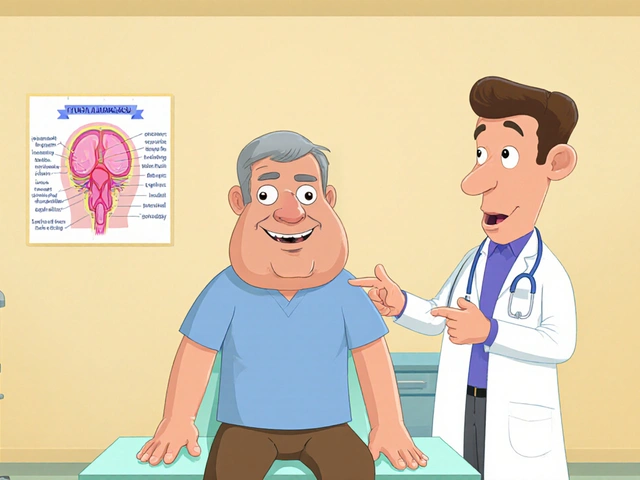Intraocular Pressure: What It Is, Why It Matters, and How It Affects Your Eyes
When we talk about intraocular pressure, the fluid pressure inside the eye that helps maintain its shape and function. Also known as eye pressure, it's not something you feel—but if it’s too high, it can quietly damage your vision over time. This pressure comes from the balance between fluid produced inside your eye and fluid that drains out. When drainage slows down or gets blocked, pressure builds up. That’s when ocular hypertension, a condition where eye pressure is higher than normal but without visible damage yet starts to become a concern.
High intraocular pressure doesn’t cause pain or blurry vision at first, which is why so many people don’t know they have it until it’s too late. It’s the biggest risk factor for glaucoma, a group of eye diseases that destroy the optic nerve, often without warning. About 3 million Americans have glaucoma, and half don’t even know it. That’s because damage happens slowly—starting with side vision, then creeping inward. Regular eye exams are the only way to catch it early. Eye doctors measure intraocular pressure with a simple, painless test called tonometry. Normal pressure is between 10 and 21 mm Hg. Anything above 21 is considered elevated, but not everyone with high pressure develops glaucoma—and some people with normal pressure still do. That’s why doctors look at more than just the number—they check the optic nerve, the drainage angle, and your overall eye structure.
Some people are more at risk: over 60, African American, family history of glaucoma, or long-term steroid use. But even if you’re young and healthy, it’s worth knowing your numbers. Lifestyle doesn’t fix high eye pressure directly, but staying active, avoiding inverted positions (like headstands), and limiting caffeine can help keep things stable. The real power lies in early detection. Once glaucoma starts, you can’t reverse the damage—but you can stop it from getting worse with drops, lasers, or surgery.
The posts below cover real-world situations where eye pressure plays a role—from how steroid eye drops affect pressure over time, to how conditions like ocular toxoplasmosis or inflammation can change the numbers, to what happens when you’re on long-term medications that might impact your eyes. You’ll find practical advice on monitoring, managing, and understanding what your eye doctor is looking for. This isn’t just about numbers on a screen—it’s about protecting your sight before it’s too late.

Betaxolol: Understanding Its Role in Glaucoma Treatment
Betaxolol is a beta blocker eye drop used to lower intraocular pressure in glaucoma patients. It reduces fluid production in the eye and is often chosen for those with asthma or heart conditions due to its selective action. Learn how it works, who it's best for, and how to use it safely.
Categories
- Medications (41)
- Health and Medicine (40)
- Health and Wellness (34)
- Online Pharmacy Guides (15)
- Nutrition and Supplements (7)
- Parenting and Family (3)
- Environment and Conservation (2)
- healthcare (1)
- prescription savings (1)



